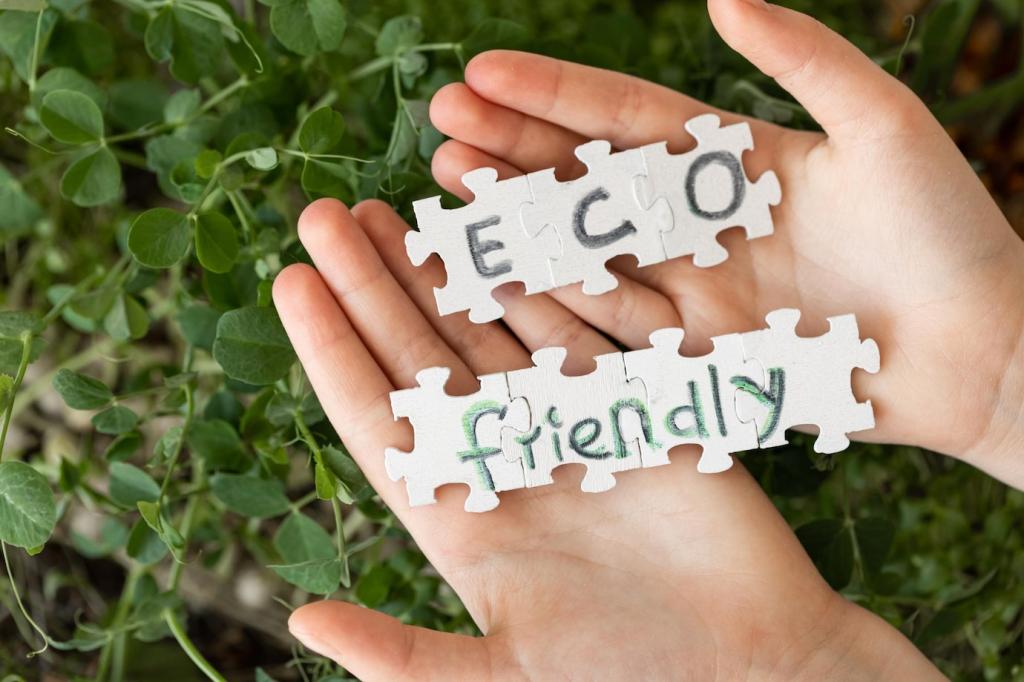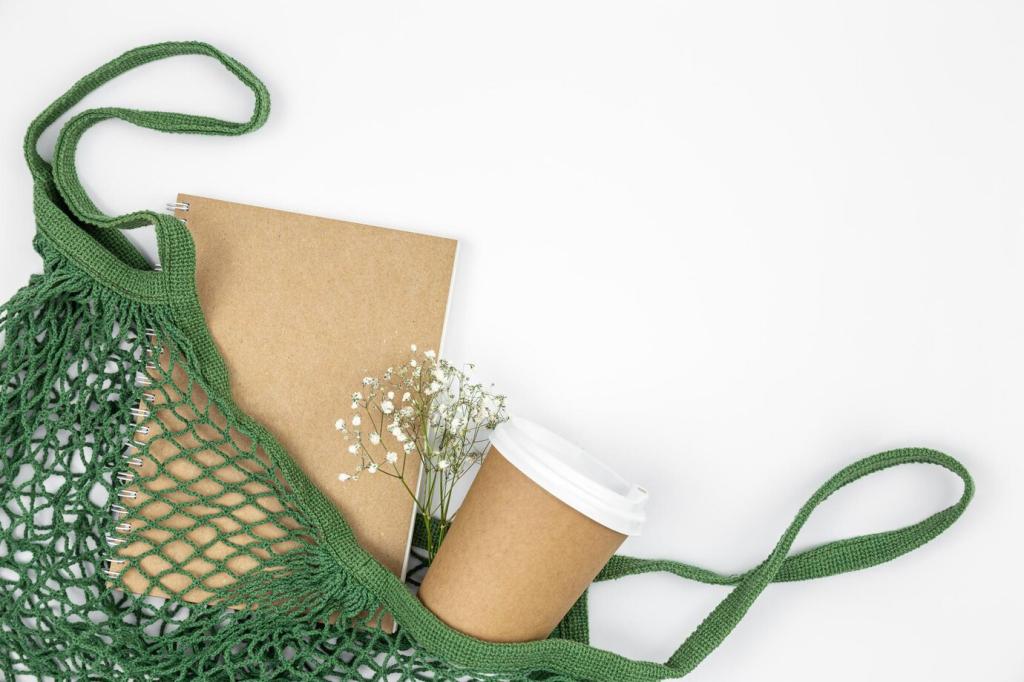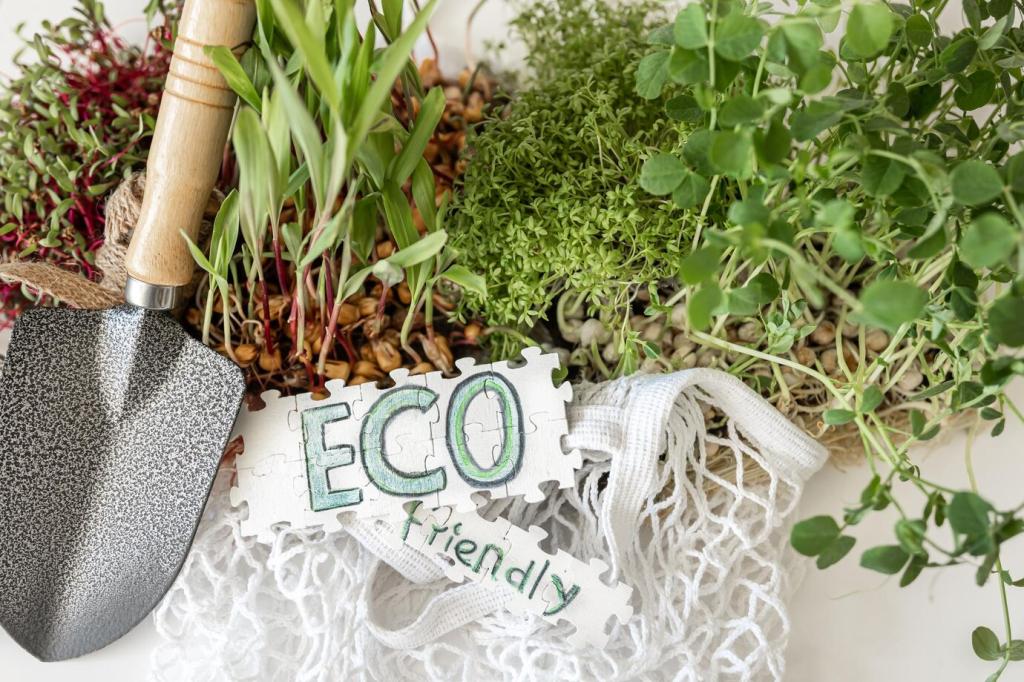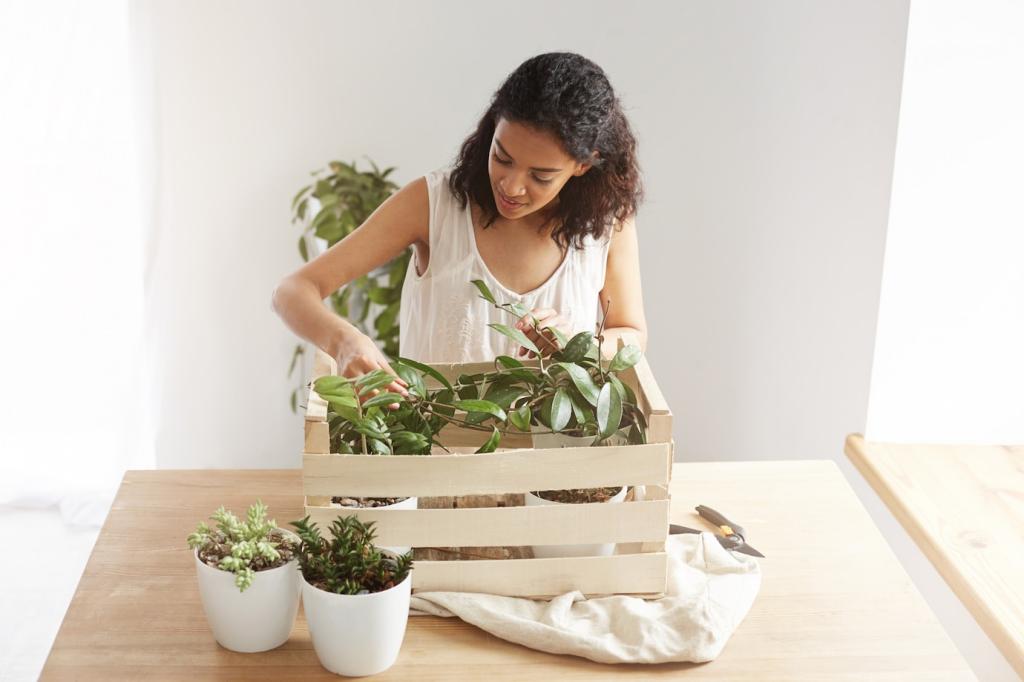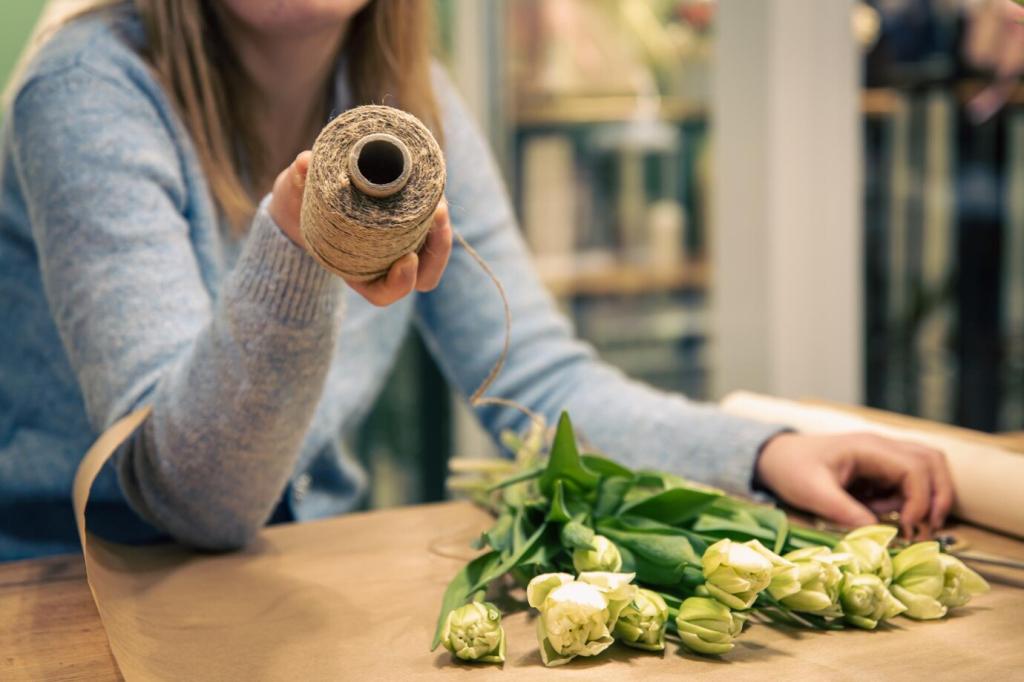Repairs That Respect Originality
Hot hide glue, fish glue, and dewaxed shellac offer strength yet remain reversible with heat or alcohol. They bond beautifully to old woods. Share your clamp strategies and glue temperatures, and we’ll feature reader tips in upcoming guides.
Repairs That Respect Originality
For missing corners or veneer bubbles, inlay a Dutchman with matching grain direction. Use hide glue, cauls, and gentle heat. Trim proud, then level with a scraper. Post your patch matches and lessons; others will benefit from your eye.
Repairs That Respect Originality
Place a damp cotton cloth over the dent and apply a hot iron in pulses. Fibers swell and lift. Test on inconspicuous areas and avoid veneered zones. Comment with your timing, and subscribe for our controlled steam workflow.

